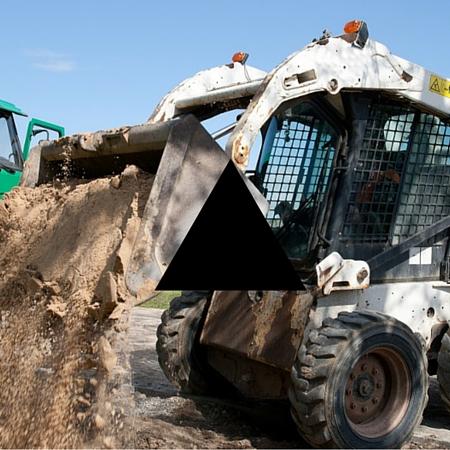There are three basic types of grass seed available when seeding your turf : Kentucky Bluegrass, Fescue, and Ryegrass. Each year we update our custom blends so we have the best quality varieties at a reasonable price. Our Northeast Nursery blends of grass seed are available in mixes for many different situations – Sunny, Shady, Park or Conservation areas. Ask one our experts which blend is right for you.
Kentucky Bluegrass is a cool season grass and will go dormant during the hot summer in New England. When weather is cool the grass grows under ground roots, rhizomes, which will help fill in bare spots in the turf . The more you cut the more growth you will get. Bluegrass does best in full sun.
Fescue will tolerate some drying conditions. This grass variety will grow in sun or shade. It too is a cool season grass and performs better when weather conditions are favorable. This will fill in bare spots like the bluegrass. When purchasing a shady blend there should be a higher percentage of fescue. This does not mean it will live in darkness. Grass, like all plants, requires the sun to photosynthesize. If you have a turf in deep shade and it won’t develop my suggestions is to look to alternative groundcover's that will tolerate a shady area.
Ryegrass is a fast germinating seed. Depending upon the blend you purchase you may see annual or perennial ryegrass listed. Annual will come up very quick, but as soon as the first hard frost it will die. Perennial will come up quickly as well and it does not die. But the ryegrass varieties typically stay right where they germinate. They don’t have runners or underground roots that will encourage the turf to fill in the bare spots.
It is always good to have a combination of seeds in a grass seed blend. The main reason is if a pest comes into your yard and likes bluegrass and destroys your turf , and you have a mixture at least the rye and fescue will still be alive. You can seed at anytime of the year, however the percentage of seed that will germinate will typically be reduced when seeding when conditions are not perfect.
| Professional Organic Turf Products | |||
 |
 |
 |
 |
Starting a Turf by Seed
Preparation and Installation
- Measure off the area and figure the square footage (length x width).
- OPTIONAL STEP: Kill weeds and grass with a nonselective herbicide (Round-up); however seeding will have to be delayed approximately 5 to 7 days after application of such products. Be sure you are not using a total vegetative killer.
- Rototill the area and remove all debris – stone, roots, and weeds – which could possibly interfere with the development of the grass seed.
- Rough grade – rake and remove any debris while producing a reasonably level area (no low spots) on which to lay the seed.
- Incorporate into the soil all amendments needed to insure the germination of the grass seed.
- Fine Grade – At this time the grade needs to be level. There should be no question about which direction the water will drain.
- Roll the area with a turf roller approximately ¾ full of water.
- Water the ground lightly. If puddling occurs remove soil from high areas to fill in low spots.
- Spread your grass seed mixture evenly throughout the area. Consult one of our experts concerning which blend would be best for your area.
- Roll the area lightly (empty tank) after spreading seed to help bed it into the soil.
- Moisten the entire area and apply salt marsh hay, seed shield or comparable product over the area to help hold moisture in. This will increase the germination percentage of the seed.
Recommended Soil Amendments
 |
|
 |
For areas that have high clay content we recommend adding Gypsum. Typically clay soils have moss growing in that area. To resolve your moss problem look at our moss control page. Insect controls can be applied at the same time as well. If you feel you have an insect problem in your turf , only apply control when pest is present. Please refer to our insect control page for more information.
Basic Maintenance
- Watering is the most important requirement needed to establish your turf .
- After approximately 10-14 days you can remove the hay or seed shield.
- Mowing of your new turf should begin when the grass reaches 2 ½ -3”. You should mow your turf throughout the growing season, removing the top third each time.
- To ensure a dense, problem free turf use fertilizer and insect controls as necessary.

